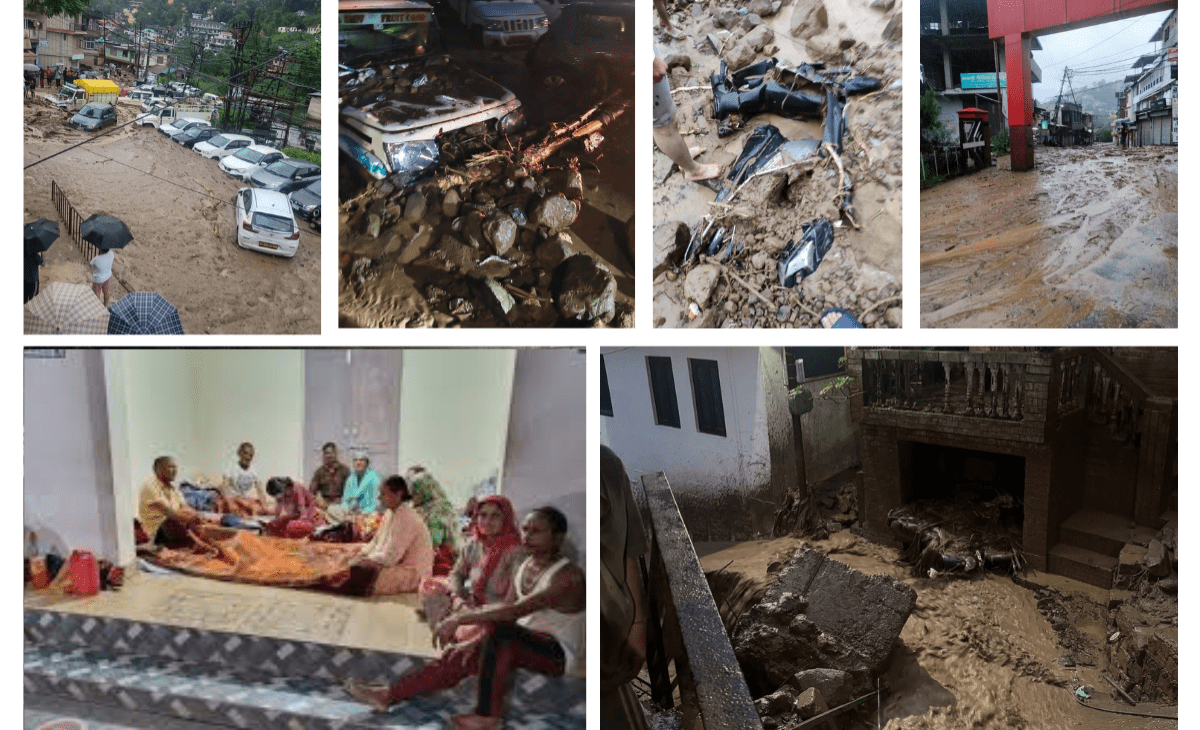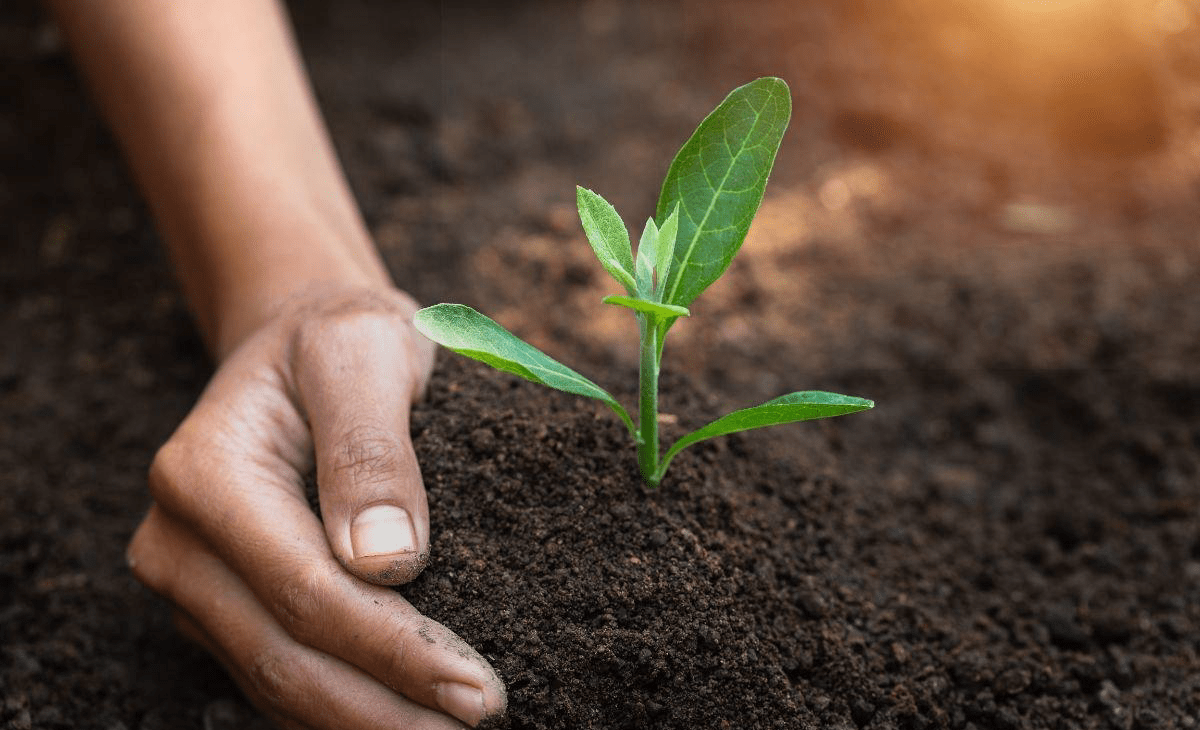Immediate need for action amid natural disasters in Himachal, other states
Shrey Awasthi
In the backdrop of the ongoing Navratri festival, when people bow before Goddess Durga offering prayers for courage and blessings, lies a reality we no longer can ignore — nature itself, the living embodiment of Maa Durga, is under attack.
The recent devastation caused by floods, landslides, and deforestation in several states, including Himachal Pradesh, has been a stark reminder of what happens when humanity disregards its sacred duty towards the environment.
If Navratri is about honouring the Mother, then what higher form of devotion exists than saving “Maa Prakriti” — Mother Nature herself?
Deeper meaning of Navratri
Each of the nine forms of Goddess Durga symbolises values such as purity, courage, wisdom and nurturing. These qualities are mirrored in nature. She rides a lion, reminding us of our duty to protect wildlife. She is adorned with flowers and fruits, symbols of the earth’s abundance. She is worshipped with water, soil and fire — the very elements that sustain life.
When we chant “Jai Mata Di,” we are saluting not just an idol in a temple but the living, breathing Mother Earth who feeds us, clothes us and shelters us. Yet, while we offer devotion to the Goddess, we continue to suffocate rivers with plastic, tear down forests for greed and pollute the air we breathe. True worship must bridge this contradiction.
From ritual to responsibility
The essence of Navratri lies not only in fasting and festivities but also in inner awakening. Today, the greatest evil we must fight is environmental destruction. Each night of Navratri can serve as a pledge for action:
Shailputri — Protect the Himalayas and forests from reckless exploitation.
Brahmacharini — Adopt simplicity and reduce waste in daily life.
Chandraghanta — Commit to harmony between human growth and nature.
Skandamata — Protect the children of the earth, including endangered species.
Katyayani — Strengthen laws against pollution and deforestation.
Kaalratri — Fight the darkness of climate change with renewable energy.
Mahagauri — Strive for purity in rivers, lakes and the air we breathe.
Siddhidatri — Work towards balance, ensuring prosperity and sustainability.
By connecting devotion with responsibility, we transform Navratri into not only a religious festival but also a movement of conscience.
Political dimension of sustainability
Environmental protection is not merely a spiritual matter, but deeply political. Climate change, deforestation and resource exploitation threaten agriculture, livelihoods and national security. Leaders across the globe are realising that sustainability is central to development.
India has already taken bold steps. Prime Minister Narendra Modi’s call for “Lifestyle for Environment (LiFE)” emphasises sustainable living, urging citizens to replace wasteful habits with eco-friendly ones. Navratri, with its symbolism of victory over evil, is the perfect occasion to turn this philosophy into practice.
Imagine if every Navratri committee pledged to plant trees instead of using plastic decorations. Imagine Garba nights powered by renewable energy, with communities spreading awareness about reducing carbon footprints. Imagine political leaders using this festive platform not just for greetings, but for mobilising people toward eco-conscious action.
Festivals unite us like nothing else — why not use that unity to fight the biggest battle of our times?
Beyond one day: Year-long devotion
One mistake we often make is reducing environmental responsibility to symbolic gestures — planting a sapling on World Environment Day or taking oaths on a single festival. But Navratri teaches us continuity; just as the Goddess protects us every day, our care for the environment must extend through all 365 days of the year.
The plastic that clogs our rivers, the smoke that poisons our air, and the trees we cut are daily reminders of how easily devotion turns into hypocrisy if not backed by action. If we truly revere “Maa Durga,” then saving “Maa Dharti” (Mother Earth) must become our highest form of prayer.
Call to youth and leaders
India’s youth, especially Gen Z, has already proven its power in shaping political and social narratives. Just as students and activists in the past rallied for freedom and justice, today’s youth must rally for environmental protection. Let this Navratri become the festival where young India declares war not only on social evils but also on the exploitation of nature.
Political leaders must also rise to the occasion. Passing strong policies against deforestation, ensuring better waste management, and investing in renewable energy are not optional anymore — they are urgent necessities. Navratri offers them the perfect stage to align devotion with decisive governance.
(The writer is the state coordinator of HP Unemployed Youth Federation; views are personal)






